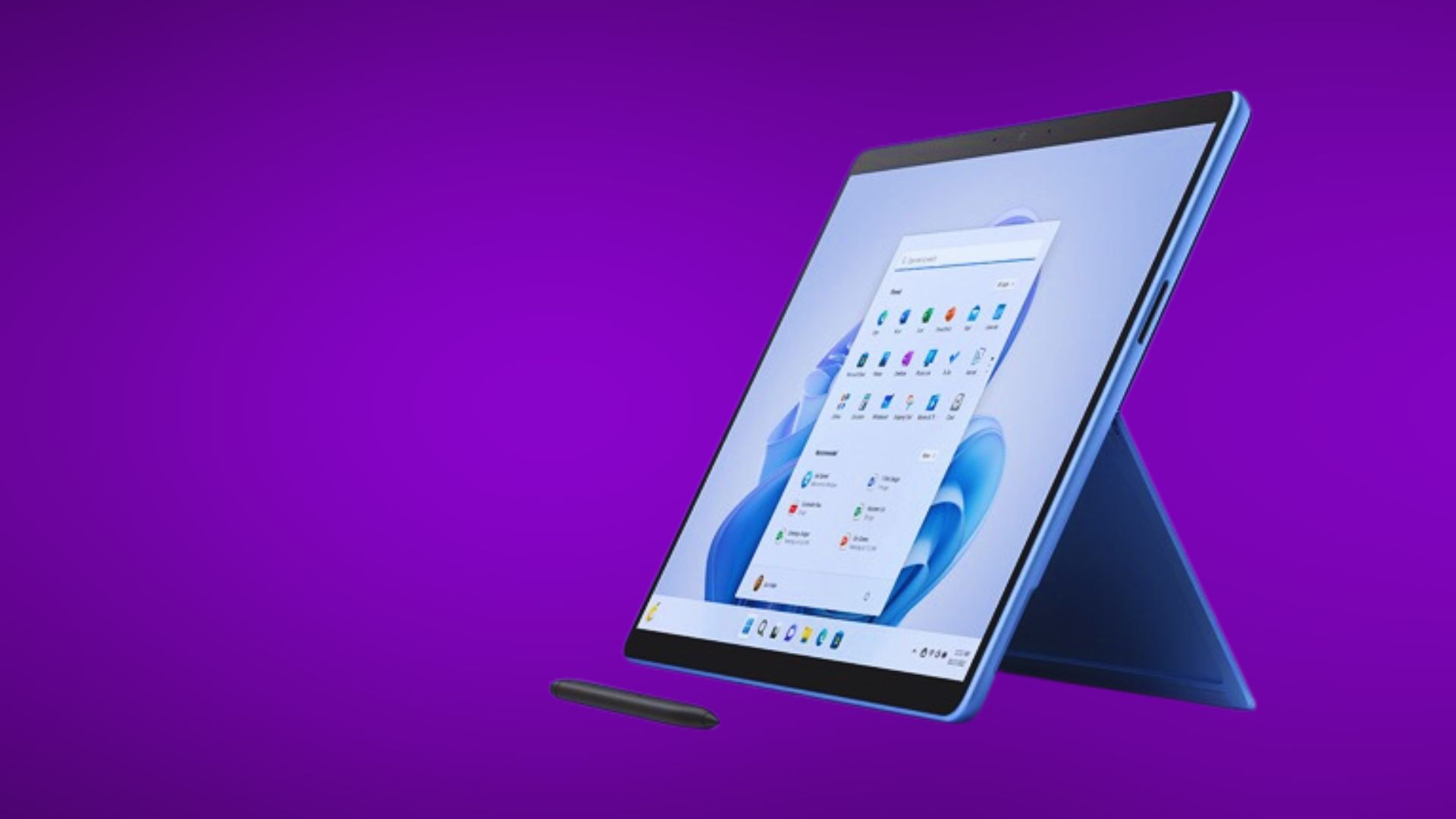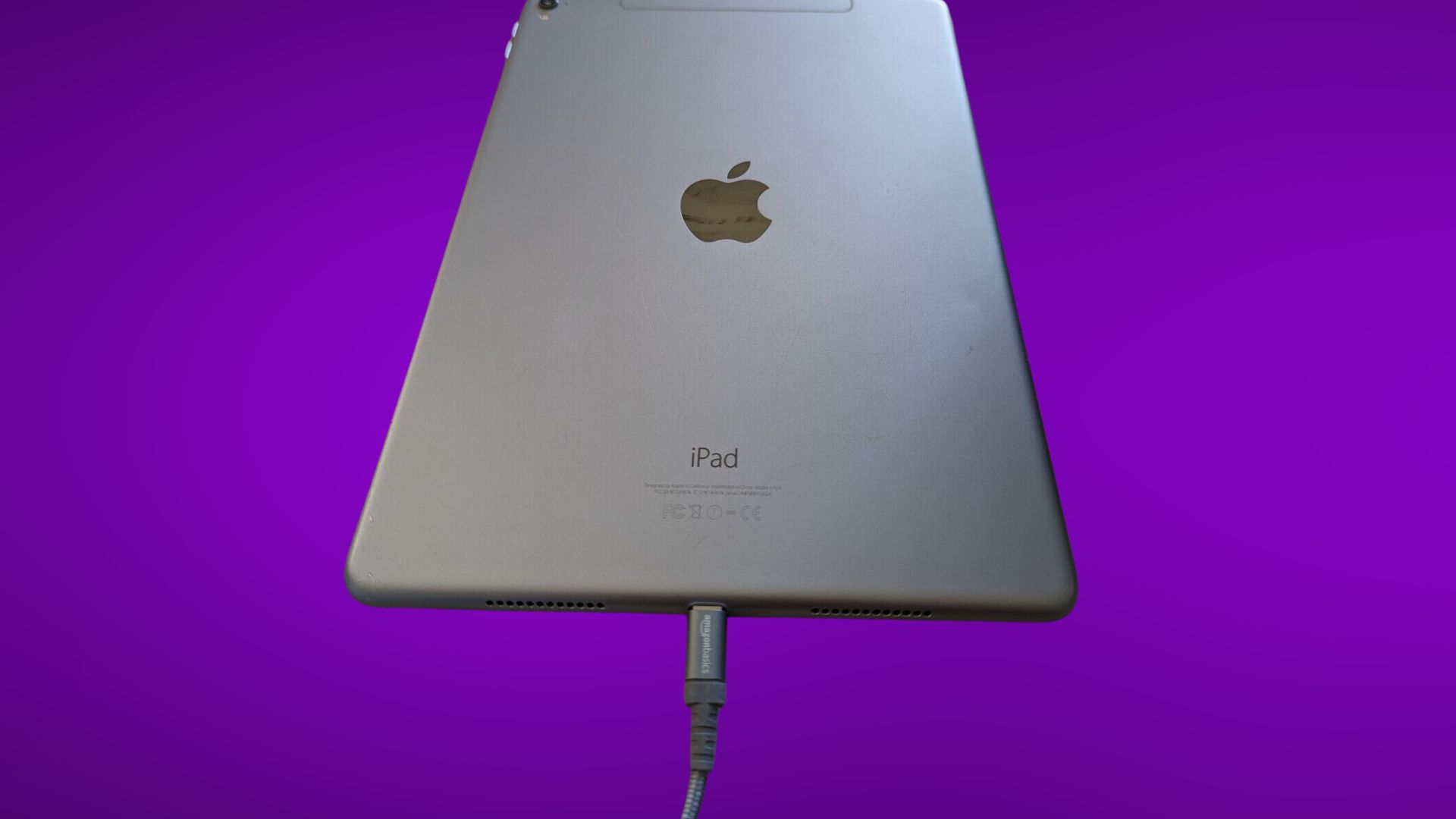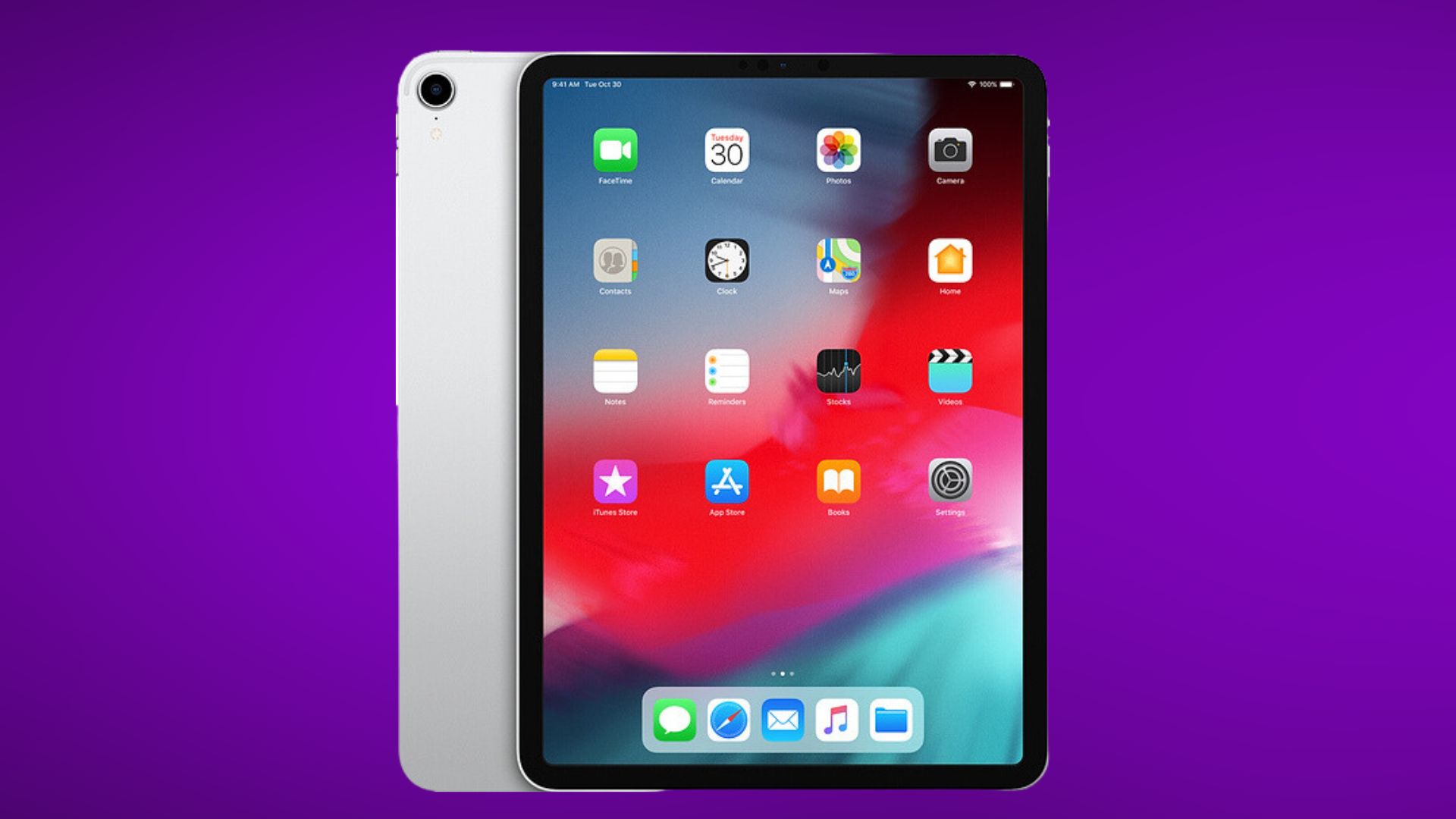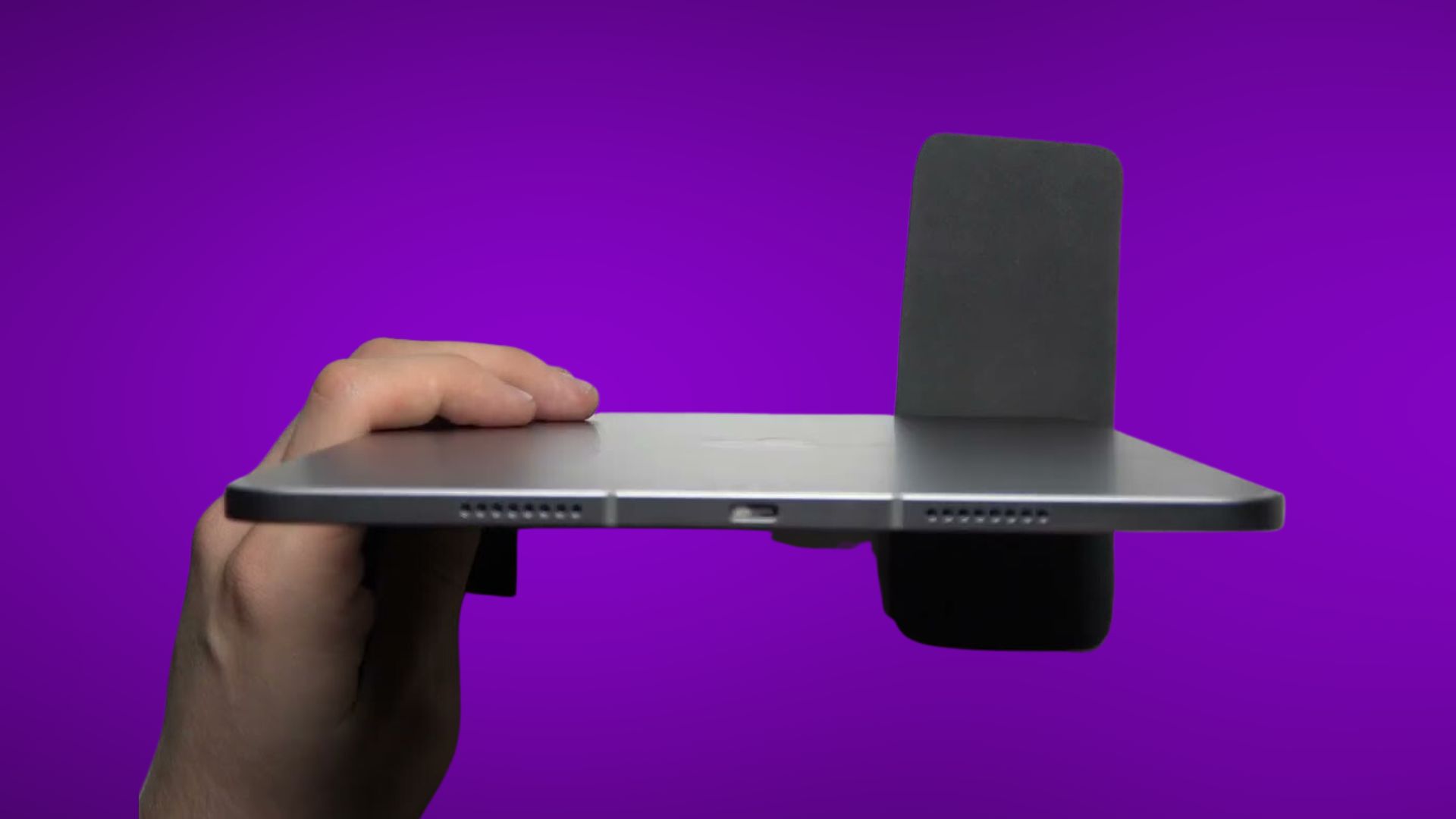Nothing is more annoying in the fast-paced world of technology than an iPad Pro that charges slowly. You’re not alone if you find it difficult to wait for the battery to fully charge. Thankfully, the misery of delayed charging is no longer necessary.

In this article, we’ll examine the causes of your iPad Pro’s sluggish charging habits and look at workable remedies to increase its charging rate. Say good-bye to the waiting game and hello to an improved iPad Pro experience with quick charging. Here’s how to fix iPad pro charging slowly.
- Use the Proper Charger and Cable

- Make sure you are using the charger and cable that came with your iPad model. Using lower wattage iPhone chargers or inferior third-party cables can result in slower charging.
- Check that your charger is at least 10W or higher for standard iPads, 12W for iPad Minis, and higher wattage for iPad Pros. The proper charger will charge your iPad the fastest.
- Close Unused Apps and Turn Off Features
- Close any apps running in the background and turn off features like Bluetooth, WiFi, and Location Services to conserve battery power and allow your iPad to charge faster.
- Reset Your iPad

- Do a force restart by holding the power button and home button (or volume up/down buttons for newer models) for 10+ seconds until the Apple logo appears. This can clear any software issues causing slow charging.
- Update to the Latest Software Version
- Make sure your iPad is updated to the latest OS version, as the update may contain battery optimizations. Go to Settings > General > Software Update.
- Clean Out Your Charging Port

- Use a toothpick or soft brush to gently clean out any dust or debris in your iPad’s charging port. Dust buildup can prevent proper connection to the charger.
- Try Different Charging Locations and Wall Outlets
- Wall outlets provide the fastest charge compared to charging from a computer USB port or power bank. Test different wall outlets in case an outlet is providing insufficient power.
- Replace Your Charging Cable or Adapter
- If your cable or adapter seems faulty, try replacing it with a new official Apple cable and wall adapter made for your iPad model. Avoid cheap third-party accessories.
- Get Your iPad Battery Serviced
- Older iPads may have battery degradation, preventing fast charging. Have your battery tested at an Apple store and replaced if necessary to restore fast charging.